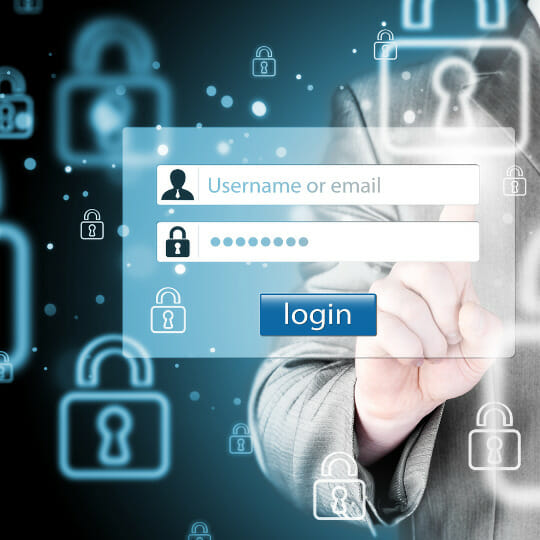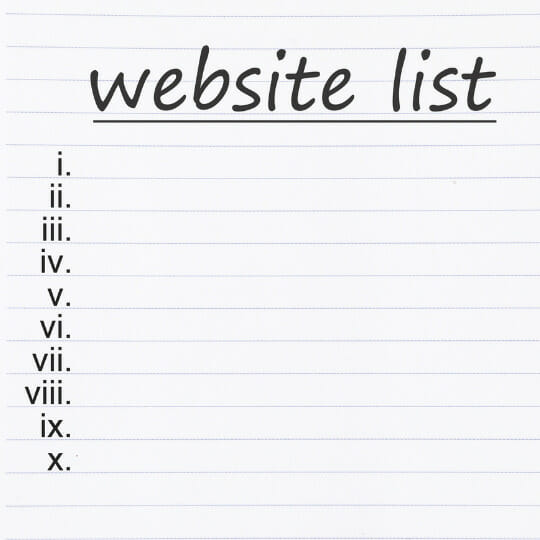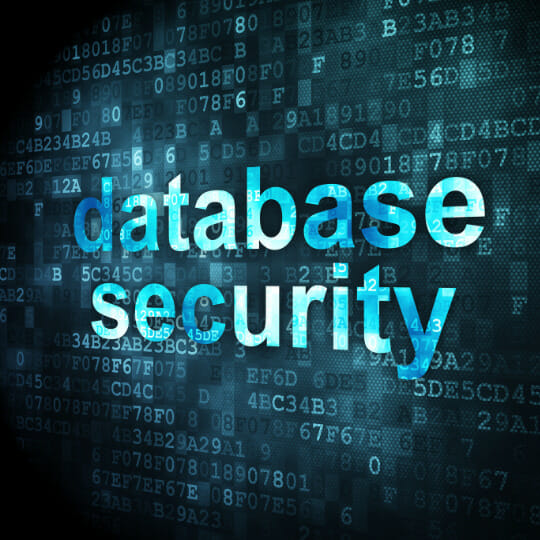
Have you got a pile of online passwords, subscriptions and accounts for your business, and are wondering how to handle that when you pass on? Today, I share with you my own personal how-to guide for what I call a digital legacy strategy so that you can leave a clear wind-up roadmap for your loved ones.
At the moment I have two elderly unwell parents and my family has been talking a lot about their preparations for end of life. It’s a really difficult conversation to have. But my parents are at that age where they are thinking practically and logically about what they will leave behind. There’s a house, a car, furniture, bank accounts and all of the household bills etc.
Living in a digital world, and with me running a largely online business, there is so much more to think about when one is preparing to document their estate.
My husband and I are quite different in terms of our assets. He has a lot of toys and physical goods, whereas I have a lot of online digital assets. He wouldn’t have the first clue about my passwords and how to access those assets, and which ones need to be closed down in the event of my passing.
I realise that unless I did something about this, then I could be hit by a bus tomorrow and there would be subscription payments coming out of the business bank account every month and annually without him even knowing where to start winding all of those things up.
In all likelihood, you will live to a ripe old age and may not feel a sense of urgency about this. But for some people, loved ones are taken away suddenly and without warning.
It’s a serious topic that is worthy of careful thought and attention so that your loved ones know how to wrap up your affairs with ease at a difficult time.
After having this conversation with my husband, I decided to create a document that would equip my husband to sort out my business affairs and online presence with ease, if the worst-case scenario happened.
I decided to call this document a Digital Legacy Strategy.
It’s essentially a 2-page document that describes exactly what I have in terms of an online presence, how to access it, and what to do with all the pieces.
I created it in under 30 minutes using two tools that I had already been using in my business.
Let’s walk through the process that can help you to create your own digital legacy strategy. It might take you a little longer than me if you’re not already using these tools that I have suggested. In any case, I’m going to provide some tools for you in the show notes so that you can create your own version of this

Step 1 Set up and categorise a password database
The first thing that you will need is a password database. If you don’t have one already, there are plenty of options that you can subscribe to online or that may be included with your Microsoft or Internet Security software.
If you already have one of these, then it might just be a matter of tidying it up and updating it
And that’s exactly what I did. I have been using the Keeper Security password database for the last five or so years.
So my first step was to open my password database and create some sub-folders within it so that I could categorise all of my login details for different websites.
I created the following categories
The website links and login details in the financial category are all things like my Internet banking login details, my PayPal account, my Stripe account, and all of those sorts of things.
The website links and login details in my business category are all things like my ASIC login details, my Service NSW details, The website where my ISBNs for my published books are stored, my self-publishing book subscriptions, and anything else to do with business management and the government

The next category is paid subscriptions with auto-renew. This includes anything from any other category that has an auto-renew feature set up for monthly or annual payments.
The website and login links in this category include things like my Zoom account, my Xero accounting subscription, my Vimeo account, the online quiz subscription software that I use, domain renewals, Dropbox subscription, Microsoft subscription, Netflix, and anything else that is paid automatically via a digital subscription.
The final category is anything else that is not set to auto-renew and will expire itself. While it is tempting to think about having nothing on auto renew, it’s simply not possible in many cases, or it a very inconvenient and takes a lot of time to manage.
If your password database is set up properly you may not want to or need to do the second step. But if you want somebody to be able to remove your digital footprint entirely, then it’s probably helpful to have a list of all of the digital assets that you have online.
For me, I have lead magnets, I have podcasts, I have a YouTube channel, and a whole bunch of other things on the internet. By including a link to my digital asset register, my husband will be able to see the extent of my whole online footprint, and he could easily pass it all over to somebody if he decides to sell the business in the event that I pass on.
This is quite a time-consuming step but once you have a clear register of all of your digital assets, it’s just a matter of maintaining and incrementally adding to it.
I said this is an optional step.

The strategy is simply a high-level summary of steps one and two, along with some instructions on what to do in the event of passing on.
You could make explicit instructions for what you want to be done with those items, or you could simply provide some options so that the other person can make the decision at the time.
In my case, I would prefer my husband has the option to do what he thinks is best, rather than forcing him to sell my digital assets as part of my will. At the simplest level, I want to know that he can easily get into and turn off any automatic subscriptions In the event of my passing so that he is not unknowingly keeping up payments on something that’s no longer relevant.
The last thing I’ve done is to save this strategy in a shared digital folder that we both access regularly.
But of course, it’s no use just leaving it there and forgetting about it. My digital footprint is going to change and evolve over time, so it’s really important that I schedule a recurring calendar reminder to review and update my password database, asset register and digital legacy strategy about every 12 months.
It’s a surprisingly easy task to do once it is set up properly, it’s just a matter of having a calendar reminder so that you do.
To wrap up what we discussed today, it’s never pleasant when somebody passes on and you’re left with the task of unravelling all of their stuff at a very difficult time.
This is even more tricky and intricate when somebody you love has a digital legacy and you have no idea what that legacy is or where to start in closing it down.
Today I described a concept that I’ve developed to help me clearly express some simple instructions to help my husband if the worst-case scenario ever happens.
The four steps I followed are:
If you need help with this, please check out the links in my show notes, or hit up my contact page for more assistance.
Understanding who you are and what you need will allow your business to thrive! If you’re truly ready to break old habits and get out of the rut I encourage you to check out the Habitology membership.
Learn more here: